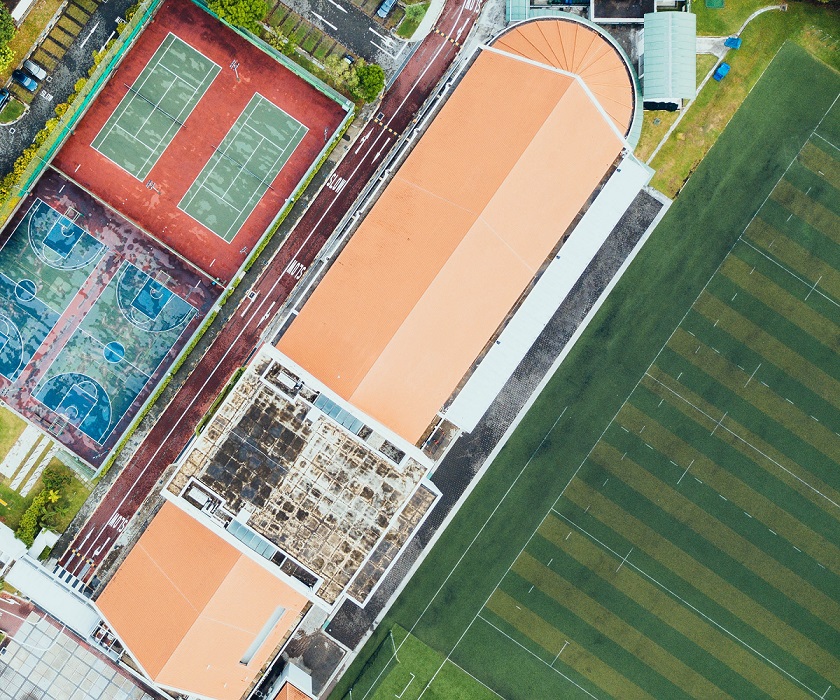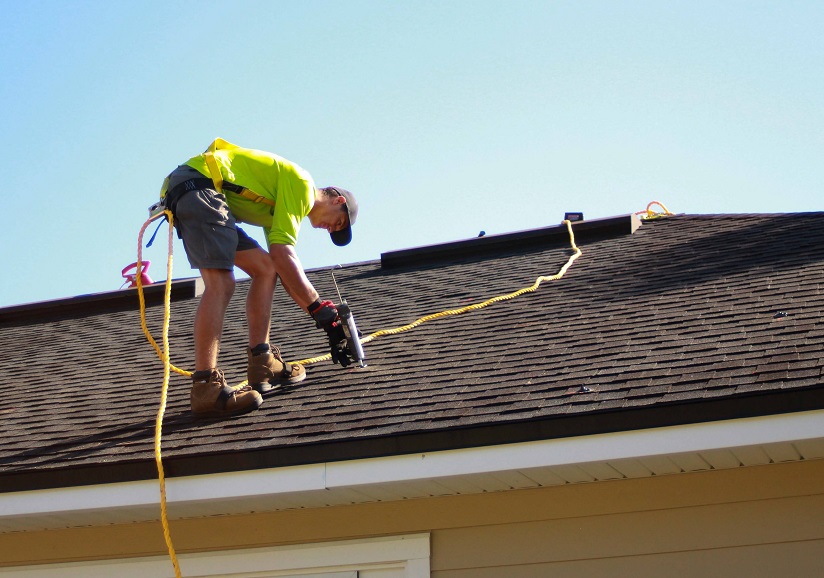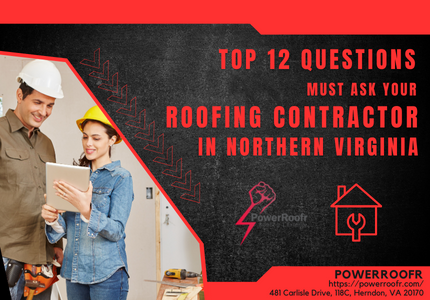Roof Inspection Checklist For Any Damage
What is the most important part of your house? While answering this question, we consider different rooms or the house’s interior as the most important component. Whereas, the correct answer to this question is the Roof. The roof gives structural support to the interior as well as to the exterior of the building. It provides shelter, saves you from weather elements, and provides insulation safeguarding any energy loss. Considering its vital role, the Roof inspection checklist will save it from wear and tear which in the long run can cause more inconvenience.
But before that, you should have a clear understanding of the major key points or roof inspection checklist which to be inspected to check your roof’s health. PowerRoofr has gathered all the key points which are necessary to consider for your roof’s life and strong support for your house.

Following are the roof inspection checklist key points:
1. Blistering of the Shingles
A blistered roof is just similar to the blisters that appear on the skin. It commonly occurs on asphalt shingle roofs as it is composed of different layers. During the installation process, moisture gets trapped between the layers, which on heating in the summer season comes out of the roof in form of gas. These gases escape, causing the shingles’ outer layer to bubble up or pop out. Hence, asking a professional roof contractor to help inspect your blistered roof is prevalent.
2. Poor Roof Ventilation
Poor roof ventilation is also a major key point of the roof inspection checklist to look for as far as the blistering of shingles is concerned. Apart from trapped moisture/water between the layers of the shingles, if your attic ventilation is not proper it will release the hot air up in the roof. This hot air causes the stuck moisture to evaporate as we discussed above, or it expands the roof creating blisters all across. Improper roof ventilation may create blisters or other serious problems affecting the roof’s life. Thus addressing this issue with the help of a professional roofer is the main checklist point.
3. Shingles Granule Loss
Granules are the outer layer of the asphalt shingles, providing them with color, texture, and a protective layer to withstand weather elements. Eroding or loss of granules are attached with asphalt shingles. Aging, hail damage, blistering, or other weather conditions can cause granule loss. The loss of granules exposed the asphalt-coated fiberglass sheet to sunlight, making them more vulnerable to cracking. You can check the granule loss from the naked eye but to know the exact damage, you make need to get your roof inspected by a certified roof contractor.
4. Curling/ Cupping of Shingles
Do your roof shingles are curling? If your answer is yes, you need to hire a contractor for a thorough roof inspection checklist. There are several reasons for this and inspecting them timely can save you money and enhances the roof’s life. Aging is one of the factors of curled shingles. As it gets old it losses its strength, curled up, and gives room to moisture/water to trap on those gaps. Overlooking this raises the problems like water leaks. Improper installation, poor ventilation, bad material used and layering of shingles are the common reasons for curled shingles and need to be addressed.
5. Organic growth – Algae, Moss
In areas where the climate is humid or the rainy season is heavier, the appearance of algae or moss on the roof surface is very common. As moss and algae love to stay in a cooler and shaded area and trap moisture, their appearance indicates that your roof has excessive water accumulation. Moss can curl up the shingles causing water incursion, moisture damage, and roof leaks. Trees trimming, debris removal, or getting your roof cleaned regularly by professionals are the easiest way to reduce the damage. However, a renowned roof contractor with a thorough roof inspection checklist is recommended to avoid serious issues caused by moss and algae.
6. Missing Shingles
What happens when you see some missing shingles on your roof? It might not look good to your eyes but other than affecting curb appeal it is doing some serious problems with your roof. All of the rainwater can go down against your rooftop if all of your shingles are in place. In this manner, all the moisture and water easily slip off rather than accumulating on your roof and penetrating your house building. On the other hand, if shingles are missing or broken all the water will then seep through your roofing components that are underneath the shingles.
7. Ridge Vent Blockage
Finding roof leaks can be challenging. A metal-capped ridge vent that extends the entire length of the roof is one potential leak source. It enables the hot attic air to vent out. Additionally, it enables cooler air to enter through the intake vents. Thus maintaining the airflow of the house. Ridge vents may become blocked for several reasons, such as tree leaves and other debris, animals building nests there, or a buildup of dirt and mud. Sometimes, poor installation or lack of maintenance can cause an issue. It is crucial to regularly clean your ridge vents to guarantee optimal airflow and guard against any issues.
8. Chimney Cracks
Unluckily, the most noticeable part of your roof also poses the most risk. A poorly managed chimney can seriously harm the rest of your home, particularly your roof. After a severe storm, do not forget to check the chimney. Heavy storms hurt roofs as well as chimneys very badly. Cracked or missing bricks, eroded mortar, and displaced caps are the red flags to be inspected immediately before it gives some troublesome problem to the roof.
9. Roof Deck
Your roof shingles might deteriorate before the time due to factors including strong winds, heavy rain, hefty snowfall, and UV rays, but the issues do not leave your roof like this. Your roof decking is a structural element that lies directly under your shingles and is also prone to damage. Even though a small amount of roof decking damage might not appear to be worrisome, if it is ignored, it can cause major structural problems and expensive repair costs. Since it is mostly made up of wood, water damage is one of the most devastating things a roof deck can experience.
10. Roofing Sealants Peel Off
Roof sealants are primarily used for two purposes, protecting and repairing roofs. Roof sealants can fix minor leaks before they cause more significant damage and can offer a protective seal against moisture and sun exposure. Various damp and moist places on the roof are infested with mold and other germs. Properly sealed roofs prevent moisture from penetrating your roof by making it waterproof. This lessens the danger of mold growth developing in undesirable areas.
If you come across any of the above-mentioned issues or are facing leakage problems or heavy storms and winds just hitting, inspect your roof with the help of PowerRoofr professional consultants. Call our expert at 703-634-8544 and get your roof inspected by us.




